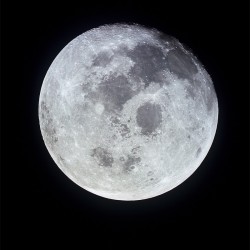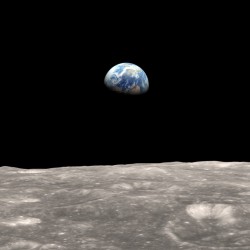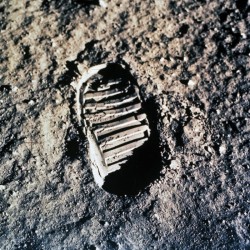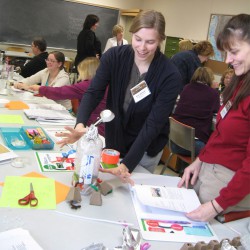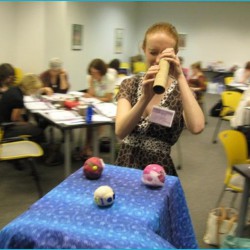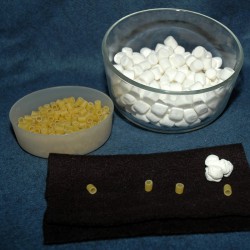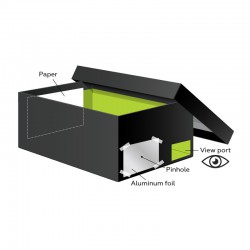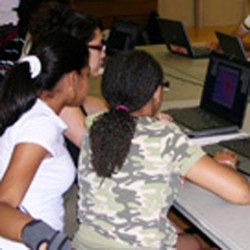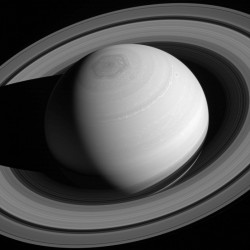Sort
Space Science There are 108 items.
This collection focuses on the wonders of space. Find activities about the Moon’s influence on Earth, characteristics of stars, creating a “comet”, and much more!
-
Moon over My Town
In this activity, community members of all ages are invited to contribute photographs — taken with cell phones, film cameras, or more sophisticated equipment — of the Moon. 0
Check It Out
-
Dance of the Moon and Oceans
This is an activity about the tides. Learners discover how the Moon's gravitational pull causes the level of the ocean to rise and fall twice a day along most coastlines. 0
Check It Out
-
Crater Creations
4 Review(s)This is an activity about impact craters. Learners will experiment to create impact craters and examine the associated features. 19740
Check It Out
How-to Video -
Lunar Surface
1 Review(s)In this activity, learners will make a model of the Moon's surface and to consider the geologic processes and rocks of each area. 3096
Check It Out
Teacher's Guide Provides classroom connections, key concepts, connections to science standards, and additional resources. -
Future Moon: The Footsteps of Explorers
1 Review(s)Learners model how impacts throughout the Moon's history have broken rocks down into a mixture of dust, rocks, and boulders that cover the lunar surface. 2060
Check It Out
-
Build a Space Colony
2 Review(s)Participants design technology to provide air to breathe, plentiful food, shielding from ultraviolet light, power, and more for space explorers. 9130
Check It Out
How-to Video Teacher's Guide Provides classroom connections, key concepts, connections to science standards, and additional resources. -
Strange New Planet
4 Review(s)In this simulation of space exploration, participants plan and carry out five missions to a “planet” and communicate their discoveries to their family or a friend. 26016
Check It Out
How-to Video Teacher's Guide Provides classroom connections, key concepts, connections to science standards, and additional resources. -
Nuclear Fusion in Stars
1 Review(s)This simple and engaging activity explains nuclear fusion and how radiation is generated by stars, using marshmallows as a model. 1455
Check It Out
How-to Video -
How Do We Find Planets Around Other Stars?
Discover the techniques scientists use to find planets orbiting distant stars: use a foam ball, a toothpick, and a small ball of clay. 0
Check It Out
How-to Video -
Pinhole Viewer: Shoebox Version
1 Review(s)Use a shoebox and other common materials to create a safe way to view the Sun. 3713
Check It Out
How-to Video -
Coloring the Universe (with Pencil Code)
Participants use pencilcode.net to undertake a series of simple programming exercises, including recoloring images of scenes, everday objects, and finally, a supernova and a region where stars are forming. 0
Check It Out
How-to Video -
Dunking the Planets
Participants place scale models of the planets, represented by fruit and other foods, in water to determine their density. 0
Check It Out



